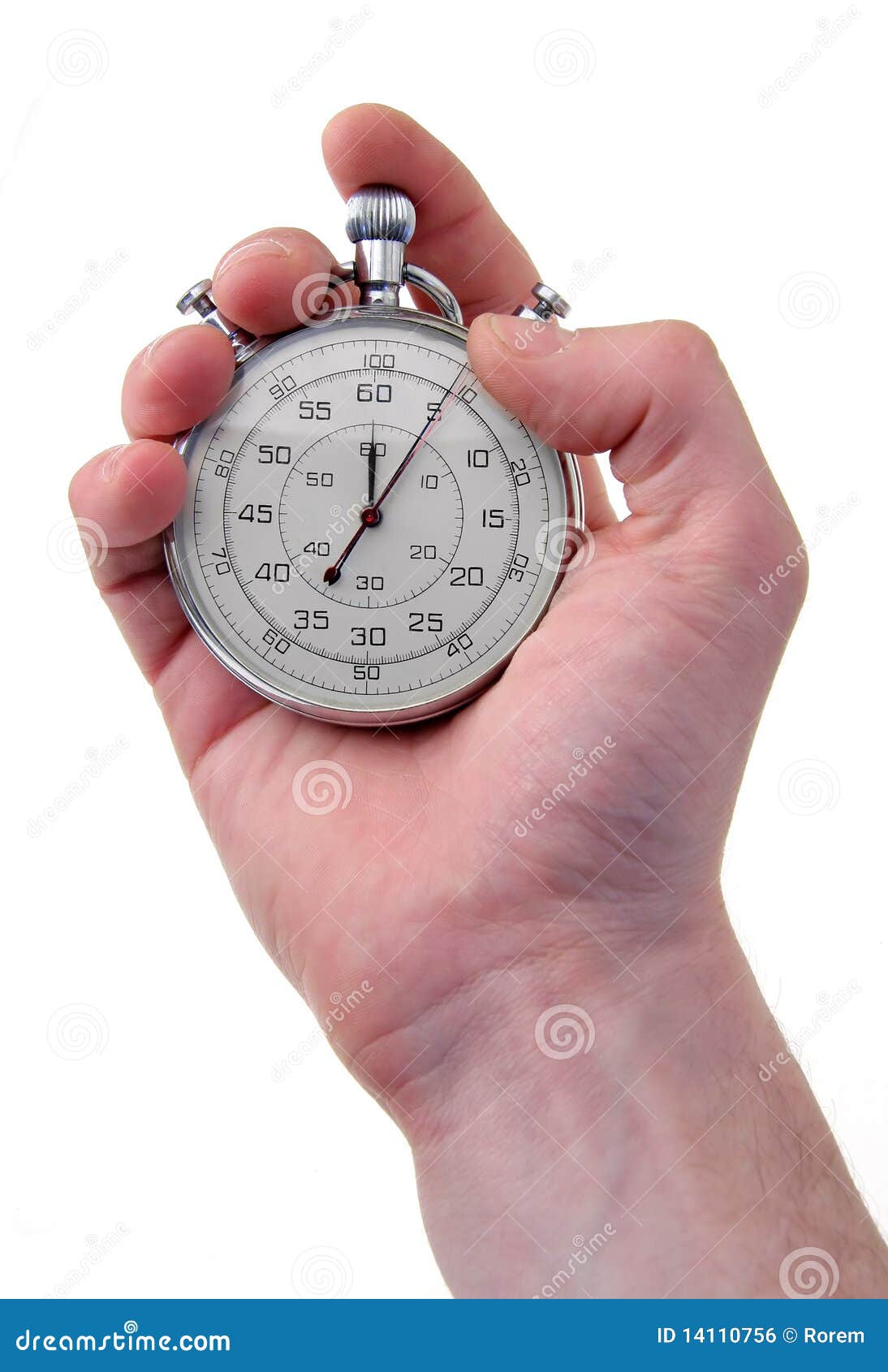
Which service makes it easier to add foods Which of the apps offers the best bang for your buckĬronometer’s Gold version costs $6.99 per month, whereas MFP’s Premium subscription costs $9.99 per month. There’s also the fact that MyFitnessPal has a bigger userbase, making it easier for you to share your patience and find quick solutions for any problems you may face. MFP has a social media aspect that offers several features you’d expect from such a service, including statuses, feeds, and friending options. Which of the apps is more accurate in terms of nutrient and micronutrient dataĬronometer gets its data from several reliable sources, such as the NCCDB or USDA, whereas most of MFP’s database is based on user-generated data. Still, not having to spend half an hour or something setting up the nutrition of the food you’re eating is just great. However, the app tends to be inaccurate from time to time, something that many people, myself included, don’t appreciate. You also get notified of how many calories and macros you have right away.Īdditionally, MyFitnessPal’s library is simply massive when compared to other competitors.

For starters, every logging option you might need will be in front of you when you open the app. The guys over at MyFitnessPal are very aware of this, hence their very beginner-friendly design choices. Having to keep track of your nutrition while also learning new exercises is just a lot to swallow.īesides, having a complicated app on top of all of that definitely won’t help. I can totally understand why a lot of people tend to give up on fitness quickly.

Updated with the 2022 United Nations Revision


 0 kommentar(er)
0 kommentar(er)
